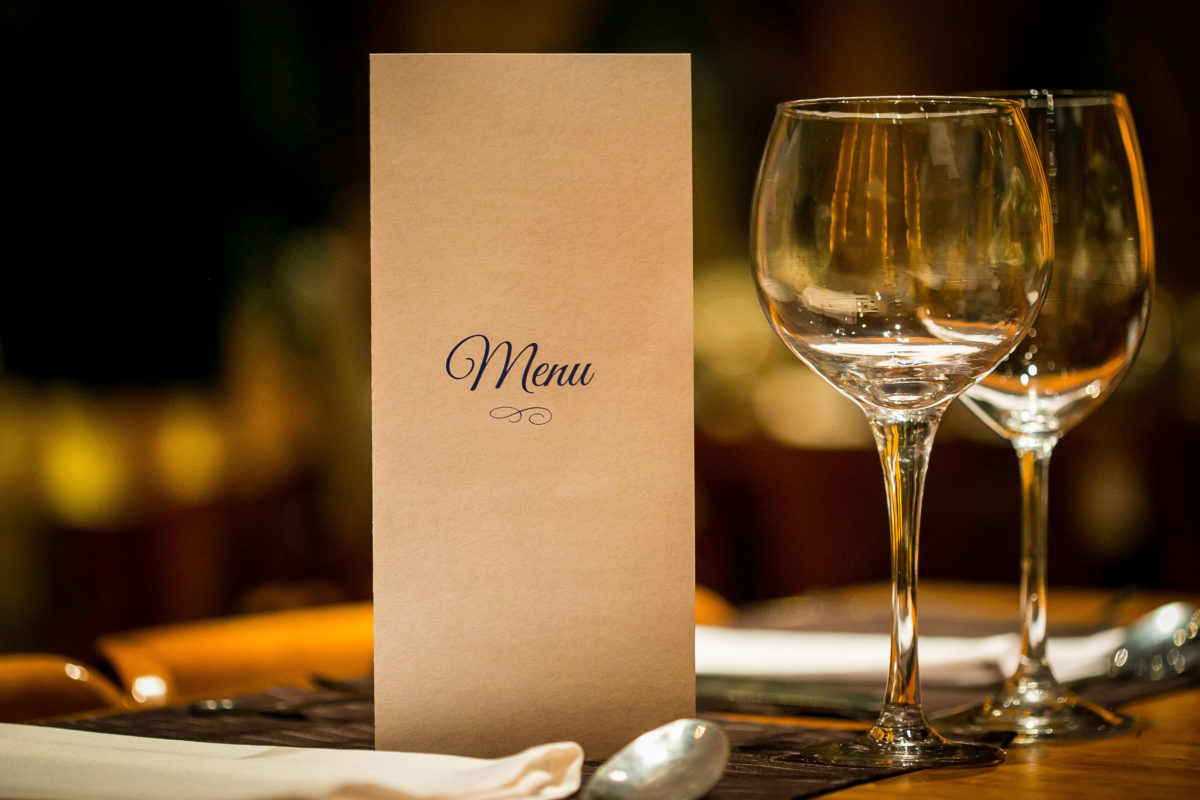Theme Nights: 6 Fantastic Ideas to Attract Customers to Your Restaurant
1. TV or Netflix Theme Night
Leverage the love for TV shows to create a memorable evening. Consider hosting watch parties for trending shows or setting up a theme night quiz. For example, fans of “Game of Thrones” or “Stranger Things” might enjoy competing in trivia, while your restaurant’s décor and menu reflect the show’s theme.
Pro Tip: Ask your regulars which shows they’d love to see featured. This ensures the event resonates with your audience.
2. Networking Evenings
Transform your restaurant into a community hub by hosting niche-specific networking events. These evenings cater to groups like young entrepreneurs or local professionals, offering them a comfortable space to connect over great food and drinks.
3. Guest Chef Night
Collaborate with other chefs to create exclusive dining experiences. Invite a guest chef to craft a special menu or demonstrate their cooking techniques live. These partnerships not only attract new customers but also generate excitement among your regulars.
Bonus Tip: Use restaurant social media to promote the event, showcasing teasers of the guest chef’s dishes.
4. Charity Night
Combine great food with a cause by hosting charity events. Supporting local groups, schools, or youth organizations boosts your reputation as a socially responsible business while building a loyal customer base.
Pro Tip: Partner with a local charity to maximize attendance and ensure the cause aligns with your community’s values.
5. Decade Night
Take your guests on a nostalgic journey by organizing decade-themed parties. Whether it’s the groovy 1960s, disco-fueled 1970s, or neon-bright 1980s, encourage diners to dress up while enjoying era-appropriate music and menus.
6. Children’s Night
Cater to families by hosting a kid-friendly evening with discounts or entertainment for little ones. Interactive experiences, like allowing children to make their own pizzas or desserts, ensure they have a blast while parents relax.
Pro Tip: Promote such events under your customer engagement events strategy to attract families who might not normally dine out.
Get Started Today!
Inject excitement into your restaurant with creative restaurant marketing strategies like these theme nights. Promote events through traditional signage, social media updates, and in-house advertising to maximize reach. And remember, the key to success lies in high-quality food, excellent service, and a welcoming atmosphere.





